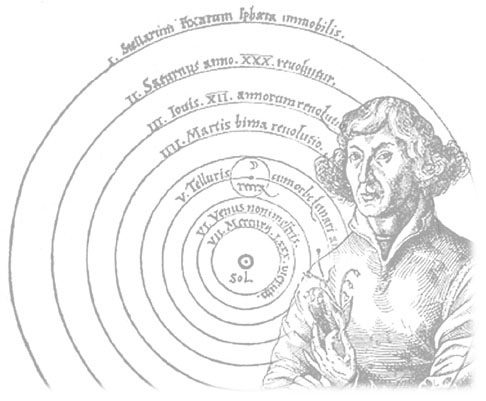- HOME
- ENGLISH FORUM
- BADLY WRITTEN, BADLY SPOKEN
- GETTING
TO KNOW ENGLISH - POUR OUT YOUR MIND IN ENGLISH
- GOING DEEPER INTO ENGLISH
- YOU ASKED ME THIS QUESTION
- EDUCATION AND TEACHING FORUM
- ADVICE AND DISSENT
- MY MEDIA ENGLISH WATCH
- NOTABLE WORKS BY OUR VERY OWN
- ESSAYS BY JOSE CARILLO
- ABOUT JOSE CARILLO
- READINGS ABOUT LANGUAGE
- TIME OUT FROM ENGLISH GRAMMAR
- NEWS AND COMMENTARY
- BOOKSHOP
- ARCHIVES
TIME OUT FROM ENGLISH GRAMMAR
This section features wide-ranging, thought-provoking articles in English on any subject under the sun. Its objective is to present new, mind-changing ideas as well as to show to serious students of English how the various tools of the language can be felicitously harnessed to report a momentous or life-changing finding or event, to espouse or oppose an idea, or to express a deeply felt view about the world around us.
The outstanding English-language expositions to be featured here will mostly be presented through links to the websites that carry them. To put a particular work in better context, links to critiques, biographical sketches, and various other material about the author and his or her works will usually be also provided.
I hope you’ll enjoy the new selections that will be presented here each week.Joe Carillo
Copernicus’ heliocentric theory as the mother of all paradigm shifts
Until the Polish astronomer Nicholas Copernicus publicly announced in 1543 that Earth was not immobile at the center of the universe but actually revolved around the sun, medieval Europeans had relied on a 2,500-year-old model of the universe that was fundamental to Christian theology—that the universe consisted of a set of concentric spheres with the Earth at its center but bobbing slightly off-center in a sphere of water, “like an apple in a basin,” and that beyond the outer limits of this universe lay a realm of pure abstraction, or God. Acknowledged as “the mother of all paradigm shifts,” this theory of Copernicus dismantled the prevailing major religious dogma and ushered in the beginnings of modern thought about the universe.

But in an article in the October 11, 2009 issue of the Boston Globe, its correspondent Toby Lester writes that Copernicus came up with his revolutionary idea not so much by focusing on the heavens but on the contours of Earth itself. Indeed, Lester says, Copernicus came up with his idea of a heliocentric cosmos after a careful study of what is known today as the Waldseemüller map of 1507. That map depicted for the first time the new lands across the oceans that were discovered by Columbus and other early explorers, and from that map Copernicus was able to distill the answer to the fundamental problem with the prevailing theory of the universe: “If the cosmos did indeed consist of a set of spheres with the earth at its center, then why wasn’t the earth completely submerged in the sphere of water that surrounded it? Why was there any exposed land at all?”
Read Toby Lester’s “A World Redrawn” in the Boston Globe now!
Read the text of Nicholas Copernicus’s De Revolutionibus (On the Revolutions)







